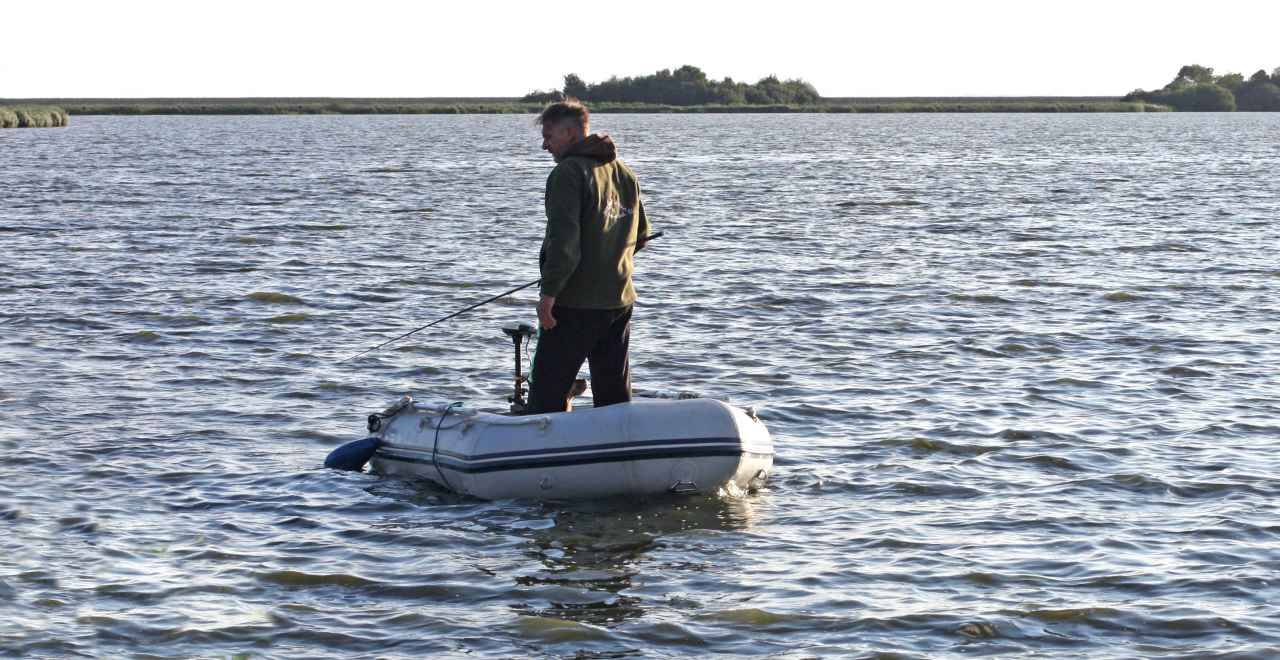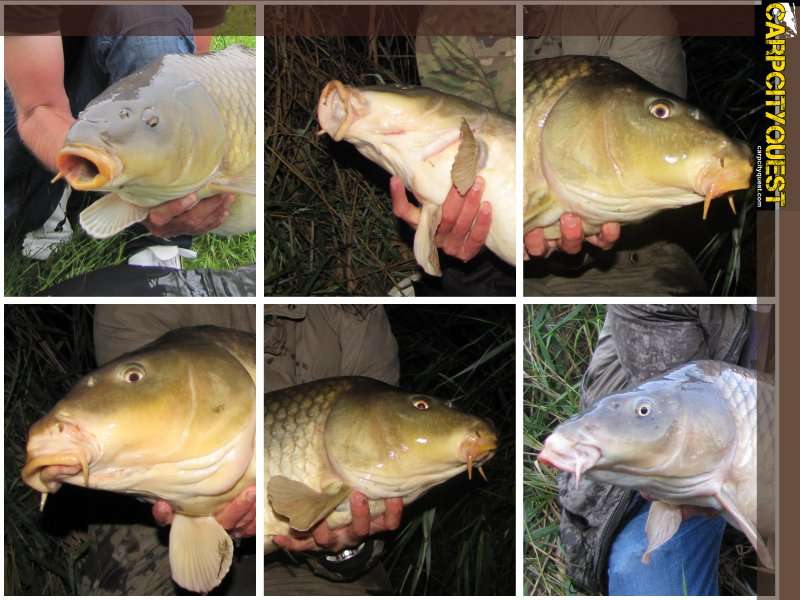Now that you’ve chosen a rod, let’s find a matching reel. Very important!! is to choose a reel with a perfectly functioning drag. You’ll need it after hooking a carp. The drag must not stutter, or you could easily lose everything.
Spinning Reels
Well, who doesn’t know them. The most well-known are the regular spinning reels. They are used in every type of sport fishing. They come in various sizes, related to line capacity and weight. Not unimportant is the number of ball bearings a reel has. These are installed to relieve the rotating parts like gears. The retrieval speed is always indicated on a reel. It shows how many times the bail rotates around the spool when you turn the handle once. Indicated as, for example, 4.8:1. The higher the first number, the faster you retrieve the line. But is it important to get a carp on the bank quickly? Don’t be tempted by a high retrieval speed.
Pay attention to the drag! Is it easy to adjust? Is there any play? Is there any free (back) play in the handle? That’s all much more important.
Baitrunner Reels

Photo: The Baitrunner with the fighting drag on top and the free spool drag below.
I think the most used reels in carp fishing. And for good reason.
Baitrunners are actually regular reels. But they have a built-in ‘free spool’ that you can easily switch on and off with a clip/lever. Ideal for carp fishing with the static method.
When the baitrunner is ‘on’, line can be easily pulled from the reel. (When a carp runs off with the bait). When the baitrunner is ‘off’, the normal drag of the reel works, and you can start fighting the fish.
Consider the line capacity on the spool. It’s usually indicated on the spool itself. So, check it out.
In Conclusion
I hope this has helped you a bit. Which reel to buy depends on your fishing style. Get good advice from a retailer and ‘test’ the reels a bit when you have them in hand. Make sure the drag works well, there are enough ball bearings, and it feels good.
I think it’s better to save a bit on a rod than on a reel. Of course, you need both. But when the carp is exhausted under your rod tip and suddenly makes a dash because it sees the net, it all comes down to your reel’s drag!
Tip: Therefore, set your drag a bit looser at the end of the fight…..



